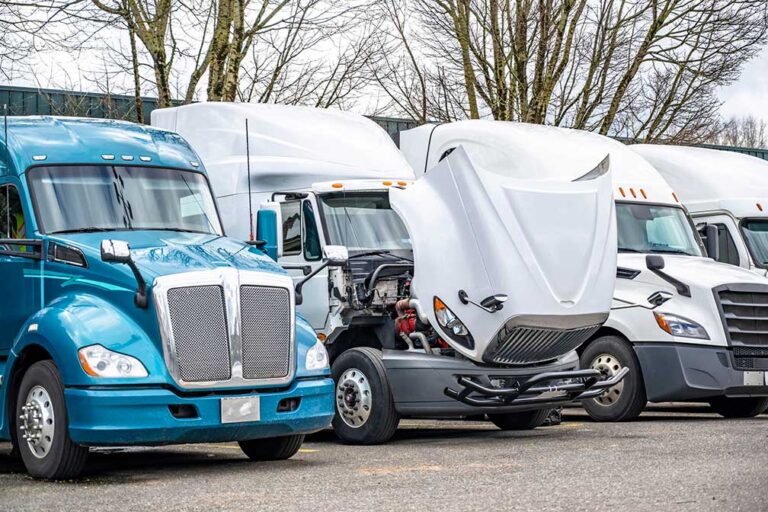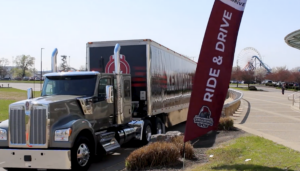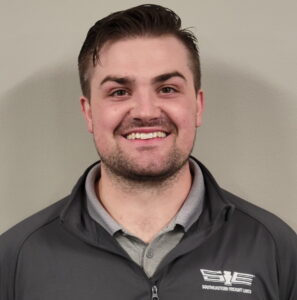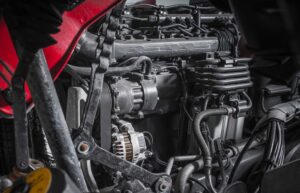Even though the Commercial Vehicle Safety Alliance’s (CVSA) International Roadcheck inspection and enforcement initiative is still a couple of months away, it’s not too early to make sure your fleet is prepared to pass.
The areas being highlighted for this year’s event are Driver Substance Abuse and Alcohol Possession and Vehicle Tractor Protection and Anti-Bleed Back Systems.
During the CVSA’s 2023 Roadcheck, 59,429 commercial motor vehicles (CMVs) were inspected in the U.S., Canada, and Mexico. Vehicles included trucks of all sizes as well as motorcoaches. A total of 116,669 driver or vehicle violations were identified during the 72-hour event. That’s an average of nearly two violations for each vehicle inspected.
Inspectors discovered 17,479 out-of-service (OOS) violations in inspected vehicles, removing 11,270 from service until violations were corrected. Nineteen percent of the CMVs inspected had at least one OOS violation; many had multiple violations. Another 5,280 driver OOS violations were discovered, and 3,256 drivers (5.5%) were placed OOS.
Hours-of-service violations accounted for 41.1% of driver OOS violations in the 2023 event. Now could be a good time for a refresher course to prevent drivers in your fleet being placed OOS this year.
During this year’s Roadcheck, scheduled for May 14-16, drivers will be observed for signs of alcohol or controlled substance use and/or impairment, according to the CVSA. Vehicles will also be examined for evidence of alcohol or controlled substance possession. Additionally, for inspections conducted in the U.S., a query will be made of the driver’s record in the Federal Motor Carrier Safety Administration’s Drug and Alcohol Clearinghouse.
Carriers will want to make sure their driver records are accurate and up-to-date, and that current alcohol and controlled substance testing adheres to regulatory requirements. Since CDLs and medical certifications will also be checked, completion of the annual CDL certification process prior to the Roadcheck event might help identify issues that might be violations.
On the vehicle side, drivers will be asked to assist in the brake inspection process. One task they may be asked to perform is to remove the gladhands with the system charged to simulate an air pressure failure. Air must stop leaking from the supply line with at least 20 psi remaining. The driver will also assist in the cab by releasing the tractor and trailer protection valves and by applying service brakes as directed by the inspector.
The inspector will be looking and listening for air leaks in tractor and trailer, both with brakes released and applied.
Although not specified as a focus area, Level I inspections also include testing the air loss rate by requesting the driver hold down the brake pedal and measuring psi over time and testing of low-pressure warnings by pumping the brakes, bringing down air pressure until audio and visual warning devices activate. Brake adjustment is also checked.
Driver communications in the two weeks prior to the Roadcheck might include a refresher on how to fully test brakes, or vehicles might be brought in for inspection by a maintenance technician. Since gladhand seals are a focus area, drivers might carry extra seals in for a quick repair if a leak is found prior to or during the inspection, especially if they frequently pick up dropped trailers.
Brake systems were responsible for more than 25% of OOS vehicle violations during the 2023 event, with defective service brakes adding another 14%. Tires accounted for another 19.3% of vehicle OOS violations. An important note is that one incident of brakes that are out of adjustment can count for two violations, both of which can impact CSA scores. In addition to a brake being out of adjustment, a violation of an airbrake adjustment system that fails to compensate for wear can be assessed.
During the 2023 Roadcheck, 60.6% of the inspections performed (36,021 of 59,429) were Level I, checking the driver’s operating credentials as well as the condition of the vehicle. Another 21.4% (12,741 of 59,429) were Level II inspections that included a walk-around vehicle inspection. Level III inspections, where driver credentials, HOS and DACH records are checked, comprised 15.7% of inspections performed. About 2.2% were vehicle-only Level V inspections.
A goal for those who were inspected is receiving the CVSA decals indicating a passed inspection. Vehicles bearing such decals are generally overlooked for further inspections for a period of three months, unless a violation is detected or a special inspection is mandated. Last year, only 1,748 decals were awarded for tractors and another 1,133 for trailers.
More information about Roadcheck 2024, including the North American Standard Roadside Inspection Vehicle Cheat Sheet, is available here. Also available is the North American Standard Inspection Program procedures that explains what is checked at each level of inspection, OOS requirements and more.
Even though Roadcheck is an international program, each jurisdiction allocates its inspection resources to fit its own agenda. In some states, selection of vehicles might be completely random while other states might choose vehicles based on observation or a particular condition, such as Hazmat placards. Some jurisdictions might concentrate on specific geographic regions or a particular industry.
Carriers that keep equipment clean and well maintained and that educate drivers on what to expect can increase their chances of coming through Roadcheck 2024 with fewer violations — and more CVSA decals.
This article originally appeared in the March/April 2024 edition of Truckload Authority, the official publication of the Truckload Carriers Association.
Cliff Abbott is an experienced commercial vehicle driver and owner-operator who still holds a CDL in his home state of Alabama. In nearly 40 years in trucking, he’s been an instructor and trainer and has managed safety and recruiting operations for several carriers. Having never lost his love of the road, Cliff has written a book and hundreds of songs and has been writing for The Trucker for more than a decade.








